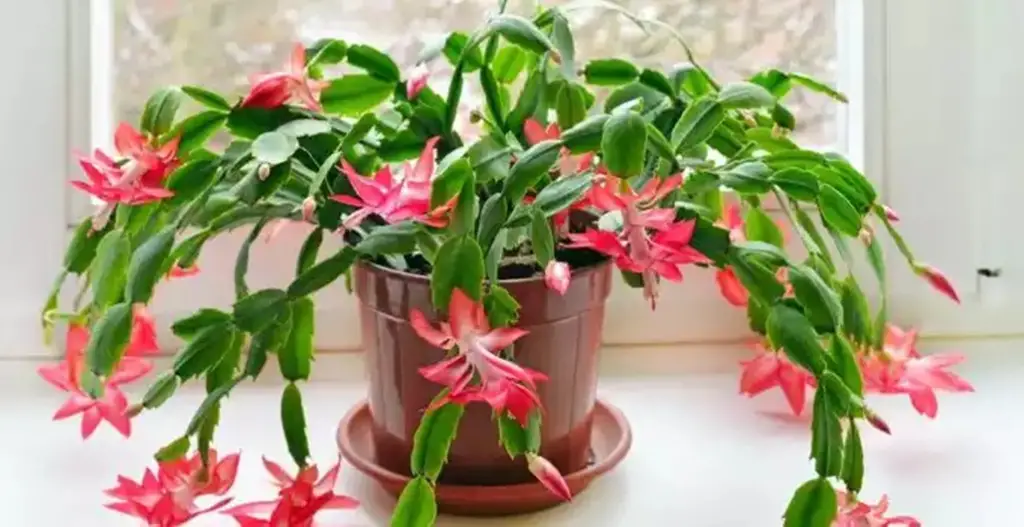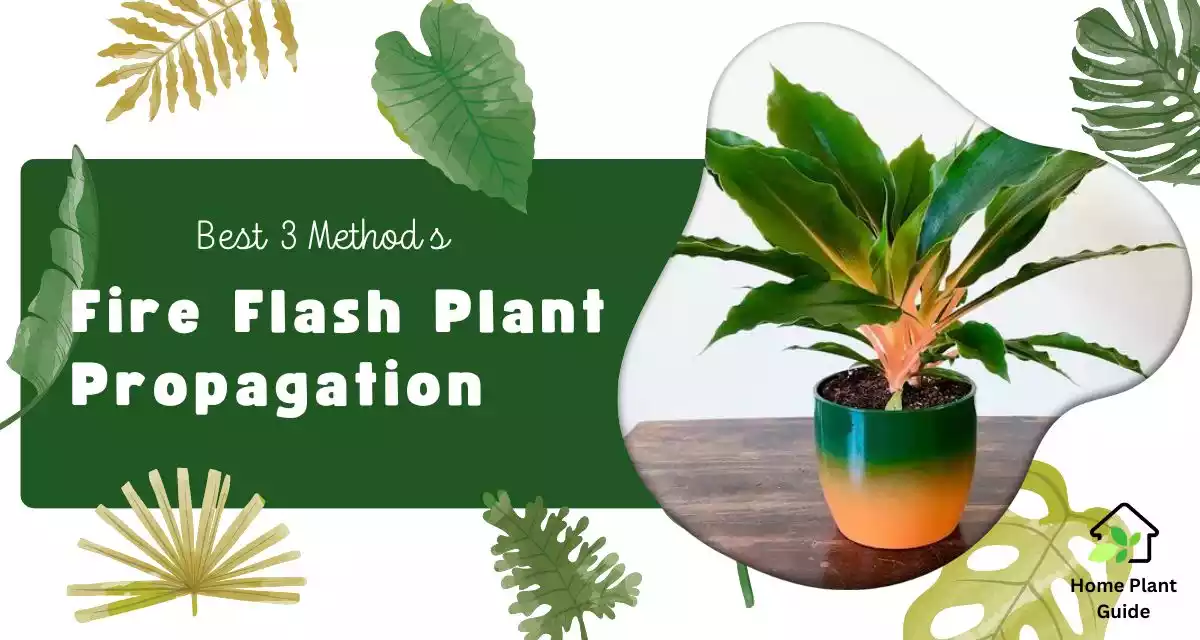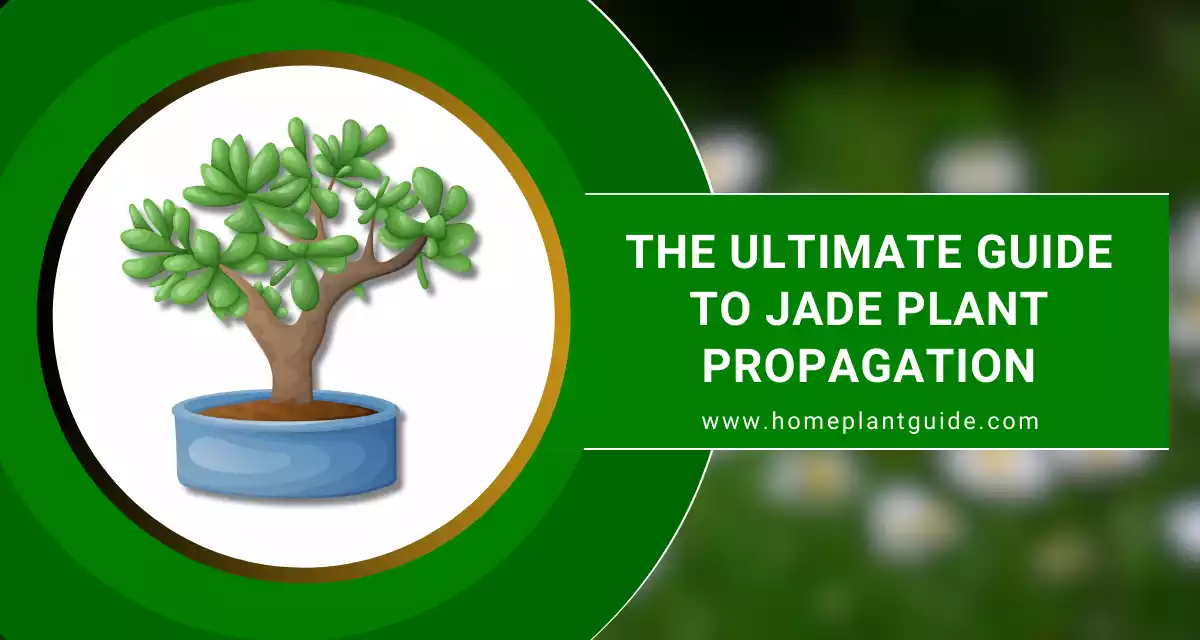Christmas cactus propagation is a rewarding and accessible way to expand your collection of these festive plants. Christmas cactus are a popular houseplant, known for their beautiful blooms during the holiday season.
The botanical name of this beautiful plant is Schlumbergera. These vibrant and graceful succulents have become synonymous with the holiday spirit and their colorful blooms brighten up our homes.

In this article, we will explore the art of Christmas cactus propagation and unlock the secrets to successfully growing new plants from your existing ones.
You can create new plants from the cuttings of your existing Christmas cactus with a few simple steps.
In This Article
Specification of Christmas Cactus
Here is some information about Christmas cactus.
| General Name | Christmas cactus, Thanksgiving cactus, Schlumbergera |
| Scientific Name | Schlumbergera bridgesii |
| Plant Family | Cactaceae |
| Type of Plant | Epiphytic succulent |
| Mature Size | 3–10 ft. tall, 3–7 ft. wide |
| Flower color | Red, pink, white, orange, purple, or bicolor |
| Sun Exposure | Bright but indirect sunlight |
| Type of Soil | Requires well-draining soil |
| Water Requirement | Water when soil is dry to the touch and avoid overwatering |
| Native Area | South America (Brazil) |
| Temperature | Ideal 60-75°F (15-24°C) |
| Toxicity | Toxic to both pets and human |
| Bloom Time | Winter to early spring (around Christmas) |
Additional information
Christmas cactus plants are relatively easy to care for.
With proper care, Christmas cactus plants can live for many years and even pass down through generations.
Types of Christmas Cactus
Generally, three types of cacti are very popular in our generation.
a) The Christmas Cactus
b) The Thanksgiving Cactus
c) The Easter Cactus
Christmas Cactus Propagation from Cuttings
One of the most common and effective methods of propagating Christmas cactus is through stem cuttings. It is really easy to propagate.

Here’s a step-by-step guide to help you get started:
01 Select healthy parent plants
Choose a healthy and mature Christmas cactus as the parent plant. The plant should be free of diseases and pests.
02 Cuttings
Now you can cut the branches into small pieces that are around 3-4 segments long. Always use a sharp knife so that the branches do not break. Also, do not have a chance to be attacked by any bacteria.
Please ensure that each cutting has at least one or two healthy segments with leaf pads.
03 Drying and sealing cuttings
After that you may allow the cuttings to air dry for a few hours, allowing the cut ends to form a callus. This helps prevent rot when the cuttings are planted.
04 Soil for Christmas cactus propagation
Now plant the cuttings in a well-draining potting mix. If you use dry sand after planting, you must water it to wet it.
if the sand is moist, you do not need to place water. After planting, put the plant in a cool place for around 4 to 5 days and check once in between 2 days.
if the substrate is dry, you should add water to it. This is a very hardy plant so you can propagate it at any time of the year.
05 Providing ideal conditions
Now place the pot in bright and indirect light areas. Should maintain a consistently warm temperature between 70-80°F (21-27°C). Try to keep the soil consistently moist but make sure it is not waterlogged.
06 Root development
After 20 to 30 days when the roots have grown healthy, you will change the medium to make the plants grow faster. Once the cuttings have established roots and show signs of growth.
You may use garden soil mixed with organic fertilizer and coconut mulch.
07 Lights and water
Firstly you can place the plant in a cool place for a week. After that, you can take it out to a place with indirect sunlight for the next 20 days.
The plant does not need a lot of water. Regularly you should check the medium, if it is dry then add water.
Tips of Watering
- Try to place water in the soil directly, avoiding the leaves and crown.
- Use room-temperature water.
Avoid leaving the plant sitting in water, to ensure it can drain well.
- If unsure, always err on the side of underwatering rather than overwatering.
Signs of Overwatering
If you do overwatering in soil then these symptoms may occur.
- Soft, mushy stems
- Yellowing or drooping leaves
- Root rot (in worst case scenario)
-Bonus Tips-
1. Try to avoid overwatering, as Christmas cacti prefer slightly moist soil rather than being constantly wet.
2. Always choose a well-balanced fertilizer and feed your propagated Christmas cactus during the growing season like spring and summer.
With a little patience and care, Christmas cactus propagation can be a rewarding way to increase your plant collection in your house and share the gift of greenery with others during the festive season.
Christmas cactus propagation and blooming
FAQ:
Q: Is Christmas cactus poisonous to cats?
Christmas cacti are considered non-toxic to cats and dogs by the ASPCA (American Society for the Prevention of Cruelty to Animals). So, don’t worry about your Christmas cactus plant.
Q: How often to water Christmas cactus?
Try to place water every 1-2 weeks, allowing the top inch of soil to dry out completely between waterings.
Read More About Plantation:





